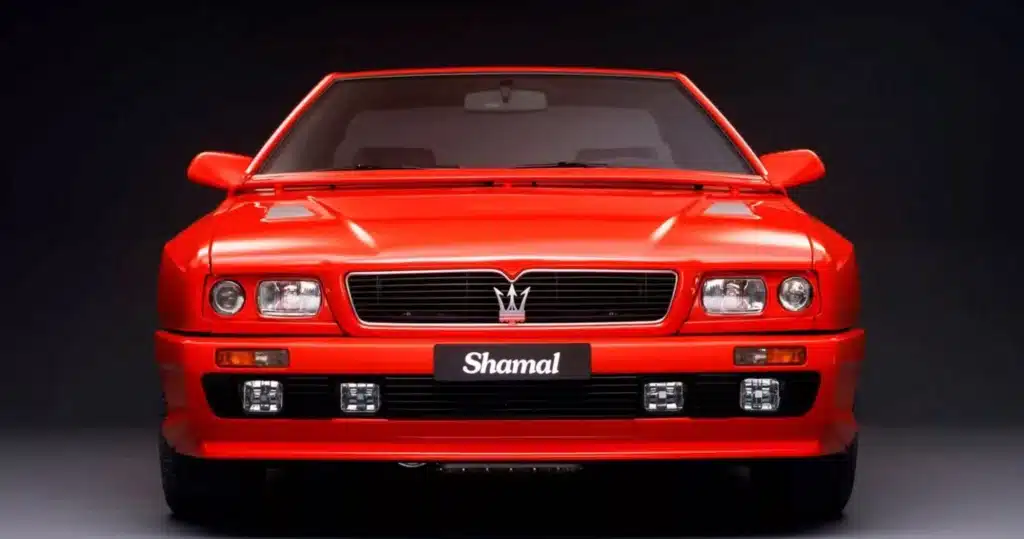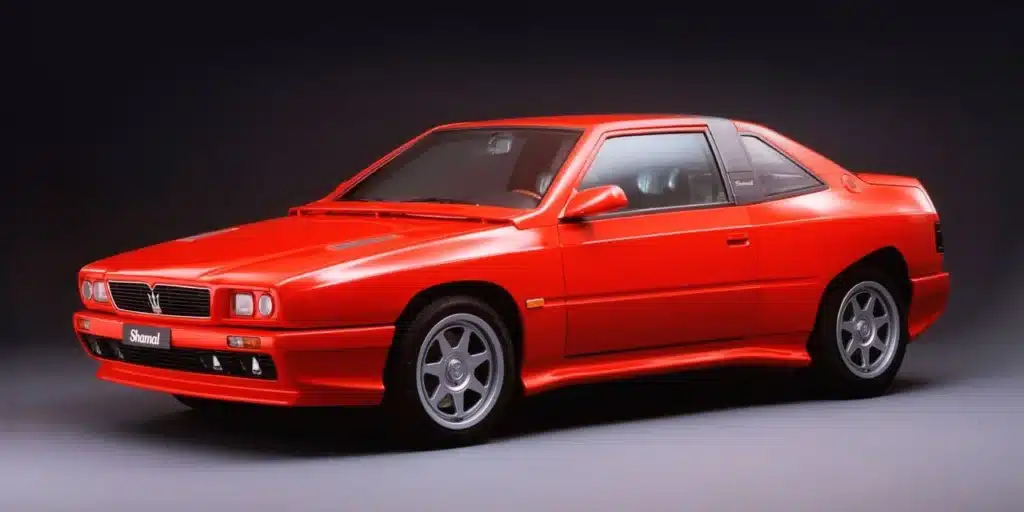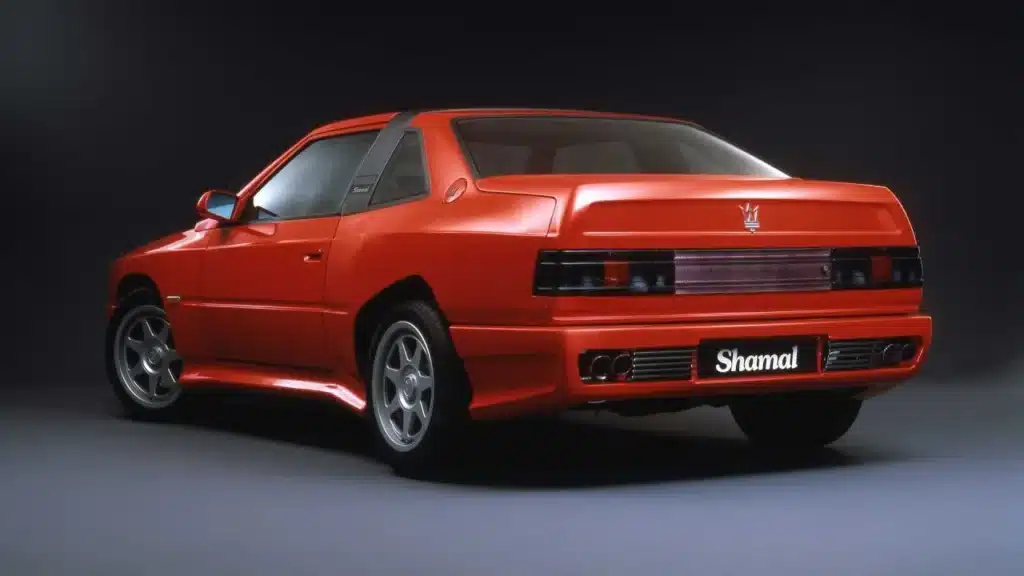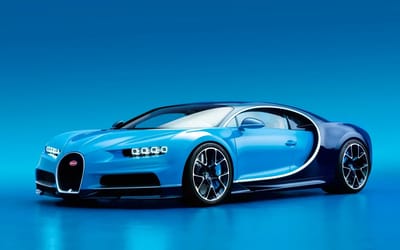The Maserati Shamal was faster than a Ferrari Testarossa and helped to save the company
Published on Aug 11, 2025 at 1:59 PM (UTC+4)
by Callum Tokody
Last updated on Aug 11, 2025 at 1:25 PM (UTC+4)
Edited by
Amelia Jean Hershman-Jones
The Maserati Shamal drew headlines in 1990 by outrunning the Ferrari Testarossa with a powerful twin-turbo V8 and distinctive Gandini styling.
It arrived during a difficult period for Maserati, when the company was fighting to improve its reputation and sales.
Just 369 were made over six years, making it a rare sight on the road even when new.
Today, it is remembered as a car that combined speed, rarity, and design in a way few of its contemporaries could match.
VISIT SBX CARS – View live supercar auctions powered by Supercar Blondie
Inside the Making of the Maserati Shamal
You can see this Maserati Shamal in action in Number27’s full YouTube video, which captures its design details and on-road performance.
By the late 1980s, Maserati was still under the ownership of Alejandro de Tomaso and working to recover from years of mixed reviews.
The Biturbo range had been improved, but was still closely associated with reliability concerns.
The Maserati Shamal was developed as a high-performance flagship to bring attention back to the brand.
It shared the basic platform of the Biturbo but introduced a redesigned rear suspension with tubular trailing arms and an adaptive damping system made with Koni.

Drivers could select from four suspension settings, which was notable for a production car at the time.
The styling came from Marcello Gandini, whose work included the Lamborghini Countach.
For the Shamal, he added pronounced wheel arch flares, a sharp rear pillar slash, and a low front spoiler.

The cabin kept Maserati’s signature gold-faced clock and introduced seats designed specifically for the model, along with a tall central armrest.
Under the bonnet sat a 3.2-litre quad-cam twin-turbo V8 producing 322 horsepower and 328 lb ft of torque.
Power was sent to the rear wheels through a six-speed manual gearbox.
Independent testing in 1990 recorded a 0–60 mph time of 5.2 seconds, slightly quicker than the Ferrari Testarossa.
Performance on the Road and Rarity Today
On the road, the Maserati Shamal combined strong acceleration with precise steering and responsive handling.
Its short wheelbase made it agile in corners, while the adaptive suspension offered more ride comfort than many other performance cars of the era.
The power delivery from the twin-turbo V8 was immediate once the turbos came on boost, but the car’s rear-wheel-drive setup required caution in poor conditions.
High pricing and the brand’s limited market presence meant the Shamal sold in small numbers.

Only 369 units left the factory between 1990 and 1996, which has contributed to its status as one of Maserati’s most collectible modern-era models.
Well-preserved examples typically sell for between £70,000 and £100,000.
The Shamal’s V8 later powered the Maserati 3200 GT, a model launched under Fiat ownership.
While the 3200 GT was aimed at a broader audience, the Shamal remained a more focused driver’s car.
With its Gandini design, advanced suspension, and performance that could match the Ferrari Testarossa, it remains one of the most notable Maseratis of the 1990s.
DISCOVER SBX CARS: The global premium car auction platform powered by Supercar Blondie
Callum Tokody is a content writer at Supercar Blondie, where he covers the latest in the automotive world with a focus on design and performance. With a background in automotive journalism, he has contributed to a range of publications in Australia and the UK. In addition to his writing, Callum also heads up PR and communications, helping to build and strengthen partnerships within the industry. Outside of work, he’s a design enthusiast with a soft spot for anything with a V8 and a good story.




